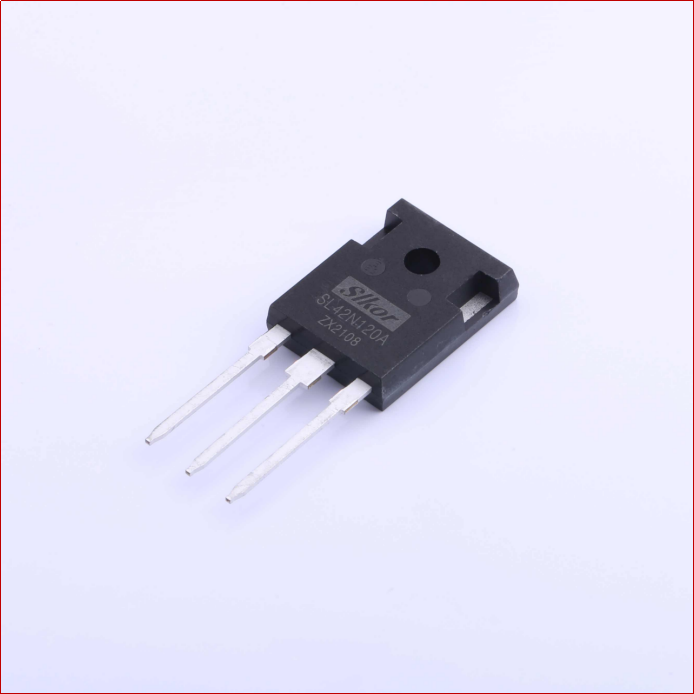Silicon Carbide (SiC) devices, as a new generation of semiconductor materials, have shown tremendous potential and application prospects in the field of power electronics due to their superior physical and chemical properties. This article will explore the history, basic concepts, working principles, application scenarios, and the current status and future development trends of the SiC device industry market.
History of SiC Devices
The history of SiC devices can be traced back to the early 20th century when SiC was first used as an abrasive and refractory material. It was not until the 1950s, with the development of semiconductor technology, that people began to explore the application of SiC in electronic devices. However, due to the complexity of manufacturing processes, it was not until the early 21st century that SiC devices began to be produced commercially and gradually found applications in various fields.
Basic Concepts of SiC Devices
Silicon Carbide is a wide bandgap semiconductor material with characteristics such as high thermal conductivity, high electron saturation velocity, and high breakdown electric field strength. These properties make SiC devices excellent in high-temperature, high-frequency, and high-power applications.
Working Principles of SiC Devices
The working principle of SiC devices is based on the characteristics of the PN junction in semiconductors. In SiC materials, by controlling the doping concentration and type, a PN junction can be formed to achieve control over electrons and holes. SiC devices have extremely fast switching speeds and low loss, making them suitable for high-frequency switching and power amplification applications.
Applications of SiC Devices
The applications of SiC devices are very extensive, including but not limited to:
-
Electric Vehicles: Used in battery management systems and motor controllers to improve energy efficiency and performance.
-
Solar Inverters: In solar power generation systems, to improve conversion efficiency and system stability.
-
Power Management: In power converters and chargers, to achieve high-efficiency energy conversion.
-
Industrial Motor Drives: Used in industrial automation and robotics to enhance system response speed and accuracy.
Usage Scenarios of SiC Devices
-
High-Temperature Environments: SiC devices can stably operate in environments up to 200°C, suitable for high-temperature applications such as aerospace and automotive engine control.
-
High-Frequency Operations: In radio frequency amplifiers and wireless communication equipment, SiC devices provide higher operating frequencies and lower signal loss.
-
High-Power Conversion: In power transmission and distribution systems, SiC devices are used to achieve high-efficiency power conversion.
Analysis of the SiC Device Industry Market
With the global focus on energy efficiency and sustainability, the market demand for SiC devices is rapidly increasing. Especially in the fields of electric vehicles and renewable energy, SiC devices are favored for their high efficiency and heat resistance. However, the relatively high manufacturing cost of SiC devices limits their widespread adoption in some cost-sensitive applications. In the future, with the advancement of manufacturing technology and the realization of economies of scale, it is expected that the cost of SiC devices will gradually decrease, and their market penetration will further increase.
Conclusion
SiC devices, with their outstanding performance, exhibit strong competitiveness in the field of power electronics. As technology continues to advance and costs decrease, SiC devices are expected to play an increasingly important role in future electronic devices, promoting the improvement of energy efficiency and sustainable environmental development.










